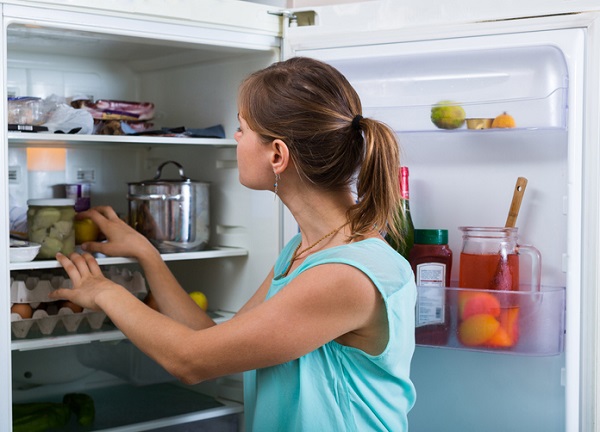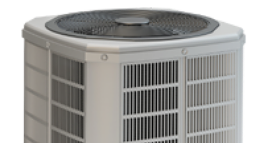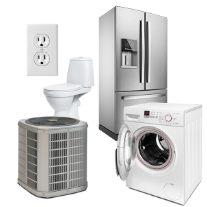Why wait for a bad smell to start cleaning out the refrigerator? Cleaning out your fridge is a good way to keep things organized and can even extend the life of your refrigerator. Use these tips for a successful fridge clean out.
Toss the Old
It’s easy to accrue a lot of old stuff in the fridge. Condiments, leftovers, and containers that you know have stuff that’s gone bad but you’ve put off doing anything about it because it’s going to be really gross can sneak up on you.
Now is the time to toss it out!
Here’s an easy process you can use to make tossing the old easier.
1. Take out all the condiments
Condiments are easy to accidentally horde. You might think you need some while you’re at a grocery store, only to find when you get home that you actually already had two containers of mustard. This is usually how it begins.
So, to start, simply take all the condiments you have off the door and set them on a table. This will help you find duplicates.
Check the Use By dates and open each condiment. If it looks or smells funny, toss it. If it looks good, combine duplicates and write the date you combined them on the container in Sharpie, somewhere that’s easy to see.
Writing the date you opened a condiment on can help you figure out just how often you use that condiment going forward. This can help you downsize on things you may buy too much of.
2. Take out all the leftovers
A big benefit of cleaning out leftovers is that it prevents overloading the fridge. If there’s too much stuff in the fridge, it can block air flow, which can cause the fridge to breakdown or make food go bad quicker.
If you can’t remember what it is, toss it. If it’s obviously something rancid or gross—like 2022’s Christmas ham leftovers—you can even throw the container it’s in away.
Just like with the condiments, if it looks good and you can identify what it is, put today’s date on it. That’ll encourage you to either eat it or get rid of it before it starts to stink.
Gather Cleaning Supplies
For the inside of the fridge, soap and water, a cloth, and some paper towels are likely all you’ll need.
For the outside, you’ll need also need a vacuum and an old toothbrush.
Remove Items Shelf by Shelf, Starting at the Top
Once you’ve gotten rid of the old stuff, take everything off your top shelf. Wipe down the glass with soap and water.
If there’s caked-on gunk, remove the glass from the shelf and clean it in the sink. Don’t try to force the gunk off while it’s on the shelf. It can cause cracks.
Once the shelves are clean, dry them with a different cloth or paper towel.
Then, wipe down everything that goes back on the shelf with a damp cloth before putting it away.
Repeat for all shelves and the refrigerator door.
Clean the Coils
Your refrigerator’s condenser coils are what keep the refrigerator cool. Over time, they can get dirty with dust or pet hair. So, you should clean them every so often to prevent breakdowns.
The condenser coils will likely be either at the bottom or on the back of the refrigerator. Locate them on your refrigerator.
Then, unplug your refrigerator to prevent shocks.
Use your old toothbrush to scrape off dust and vacuum. Repeat this process until your condenser coils are clean.
Finally, plug the refrigerator back in.

Protect Your Fridge and More With 2-10
Keeping your refrigerator clean both inside and out can help if run more efficiently. That can reduce the likelihood of breakdowns.
But even with good cleaning habits, your refrigerator may still break down from routine use. That’s where a Home Service Plan from 2-10 Home Buyers Warranty (2-10) can help.
A 2-10 Home Service Plan can help you reduce the costs to address refrigerator breakdowns. Even better, 2-10 Home Service Plan coverage goes beyond refrigerators. Your coverage can include other major kitchen appliances, heating and cooling systems, and more.









